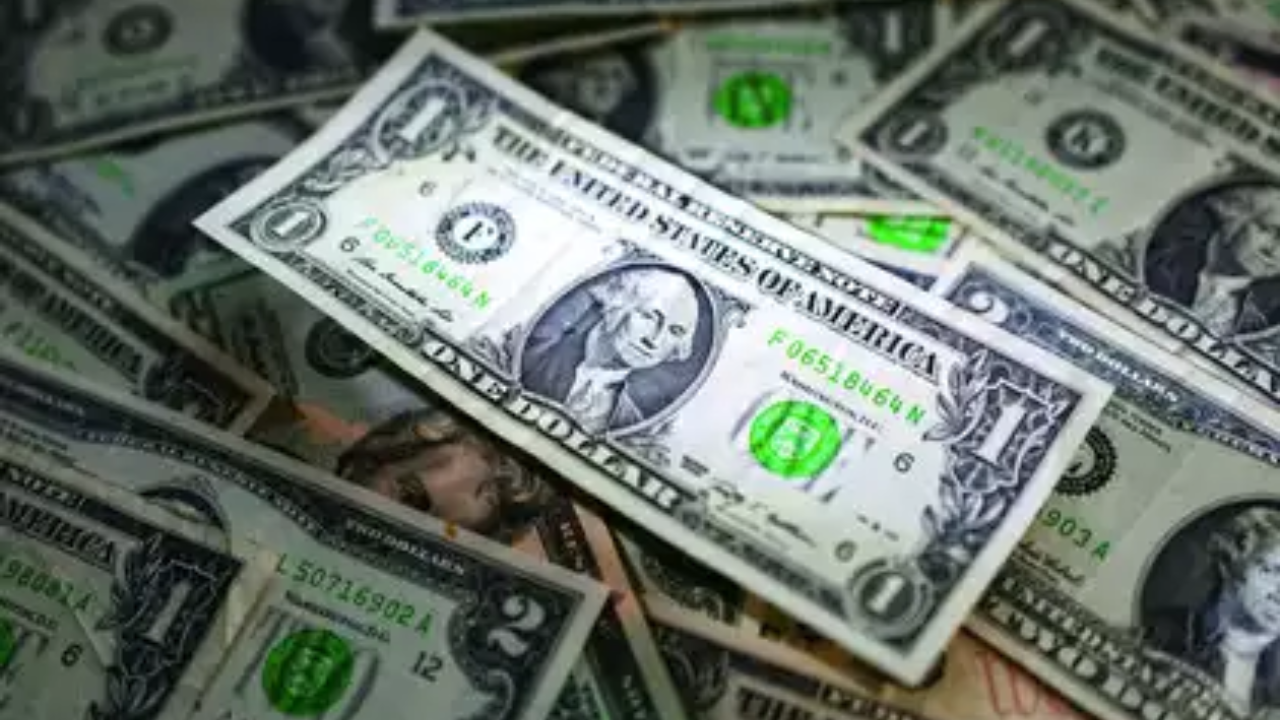The U.S. dollar exhibited a softer tone in the early Asian trading hours on Friday, losing its footing against the euro and sterling. This was primarily due to U.S. data indicating a slowdown in the labour market, which in turn, increased the likelihood of Federal Reserve rate cuts within the year. The dollar traded at 155.39 yen against the Japanese yen, a decrease from the previous session’s high of 155.95. Concurrently, the euro stood at $1.0782, following a 0.3% overnight gain.
The dollar index, a measure of the greenback’s value against a basket of currencies including the yen and the euro, remained steady at 105.25. The dollar’s decline was triggered by data revealing an increase in initial claims for U.S. state unemployment benefits. Coupled with the previous week’s weak payrolls report, this development encouraged risk-taking in a market that has been oscillating on the timing and extent of the Federal Reserve’s rate cuts this year.
Table of Contents
ToggleMarket Reactions and Predictions
In response to these developments, most major currencies, including the yen and sterling, experienced a slight rally alongside U.S. Treasuries and commodities. The yen, which has been hampered by its low yields, and the sterling, which seemed vulnerable following a dovish Bank of England policy review, both saw an increase. However, analysts warned against prolonging the rally, noting the volatility of weekly jobless claims data. They argued that it was premature to conclude a significant weakening of the labour market.
Market participants speculated that the yen’s low yields and the significant gap between those and U.S. interest rates could entice speculators to re-test the 34-year lows the currency hit the previous week. It is estimated that Tokyo spent approximately $60 billion the previous week to recover the yen from those lows. Japan’s Finance Minister Shunichi Suzuki reiterated the government’s readiness to intervene if necessary during a regular post-cabinet meeting press conference on Friday.
Currency Movements and Central Bank Policies
The sterling traded at $1.2525, gaining 0.2% following the release of the U.S. data. It recovered from a low of $1.2446, its weakest since April 24, after the Bank of England (BoE) set the stage for an interest rate cut. The BoE maintained its benchmark interest rate at a 16-year high of 5.25% on Thursday, as anticipated. However, a second official on the Monetary Policy Committee supported a cut, signaling a potential reduction in interest rates.
U.S. Treasury yields fell on Thursday, with the market expressing relief that the week’s new note and bond supply of $125 billion was smoothly absorbed. The 10-year yield was last recorded at 4.46%, down from 4.52% on Thursday and by approximately 28 basis points in two weeks. Traders will be closely monitoring the U.S. producer price index (PPI) and the consumer price index (CPI) for April, due next week, for indications that inflation is resuming its downward trend towards the Fed’s 2% target rate.
Trade Restrictions and Their Implications
In a recent development in the ongoing Sino-U.S. trade dispute, the U.S. administration added 37 Chinese entities to a trade restriction list for “acting contrary to the national security or foreign policy interests of the United States,” as shown in the Federal Register on Thursday. Inclusion in this list complicates the process for U.S. suppliers to ship to the targeted entities, marking yet another chapter in the long-standing trade conflict between the two nations.













